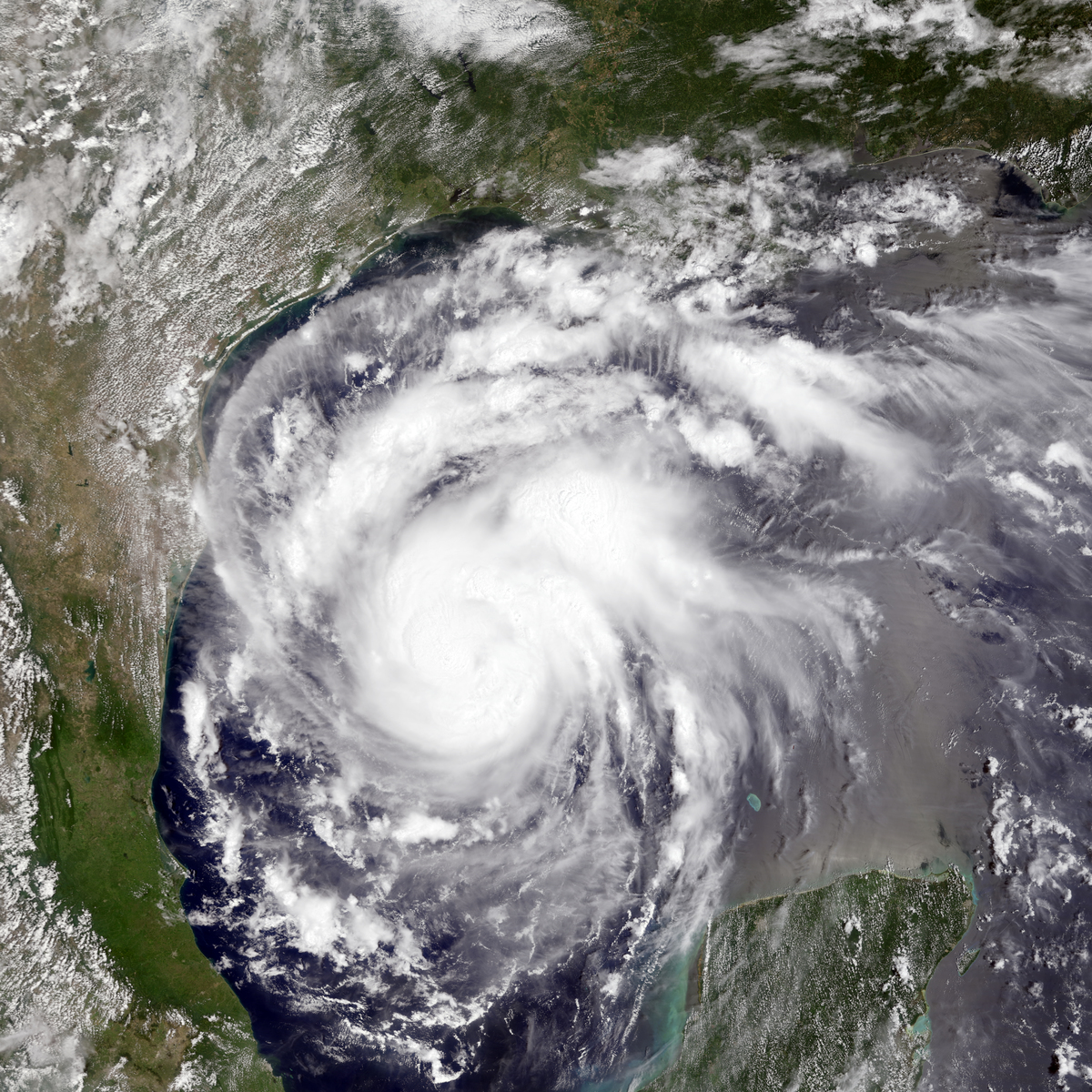Executive Summary
Over the past few years, fueled by rising natural gas prices, some of the world’s largest multinational corporations began searching for new sites for Liquid Natural Gas (LNG) terminals. Very early in this process these corporations identified the Northern most State in Mexico, Baja California, as a prime target for LNG development. Hoping to avoid strict environmental laws and local opposition to coastal development in California, yet still have easy access to the United States, corporations like Sempra, Shell, ChevronTexaco, Marathon and ConocoPhillips proposed LNG terminals on the Baja California coast, just South of the California border. The first proposed projects, which were inappropriately located in residential neighborhoods, were driven away by local residents who feared for the safety of their families. However, two environmentally and socially flawed projects remain on the Baja California coast. The first, a joint project of Sempra and Shell, is currently proposed near a resort community on a pristine stretch of the Baja California coast. The environmentally destructive terminal would use millions of gallons of seawater every day, potentially impede migrating whales, and put the safety of the local retirement community at risk. ChevronTexaco has proposed a second terminal on the Coronado Islands eight miles off the coast. ChevronTexaco was handed the lease for the islands in a midnight deal that has angered residents and politicians equally. The project would endanger the bountiful wildlife on the island and could also impede whale migration. The construction and operation of the LNG terminals in Mexico will degrade the environment and the Sempra/Shell terminal will put local communities at substantial risk in the event of a major accident or terrorist attack. But, it doesn’t have to be that way. Now is the time to shift away from dangerous dependence on fossil fuels and towards global investments in renewable energy, conservation and energy efficient technologies.
Num. pages: 41



